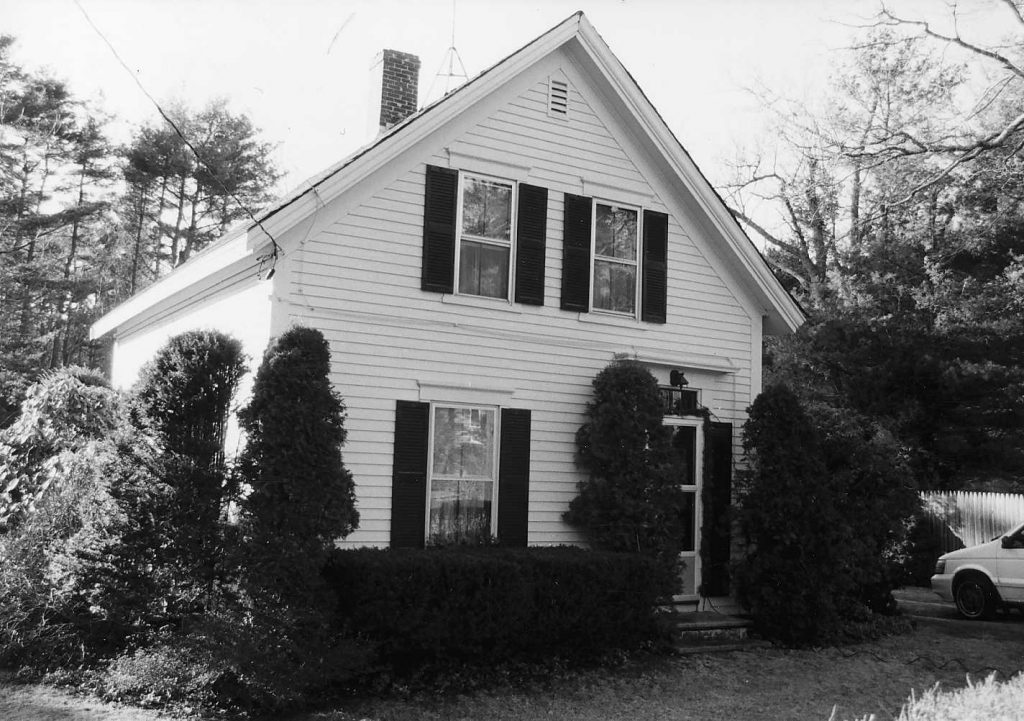The April 21 meeting of the Rochester Conservation Commission was held remotely with commission chairman Mike Conway, vice-chair Dan Gagne, and commissioners Lena Bourque, Kevin Thompson, Maggie Payne, and Chris Gerrior present as well as town counselor Blair Bailey in attendance. After a few minutes of log-in hiccups, the meeting began at 7:22 pm.
The commission and applicant Pedro Rodriguez of Solar MA nearly reached karma as the commissioners discussed final tweaks needed to the plan of record. Rodriguez was represented by Austin Turner of Bohler Engineering. Turner focused the attention of the commission on refinements requested by peer-review consultant Henry Nover to drainage mounding, with Turner saying “it did not impact stormwater calculations” previously submitted.
The solar project would transform 35-acres off Old Middleboro Road impacting the 100-foot buffer zone jurisdictional to the conservation commission. The plans do not, however, impact wetlands.
Previous discussions with the applicant included the protection of historic features, such as stonewalls and homestead foundations. The biggest concern noted on this night by the commission and documented by Nover, was the necessity of improvements to the primarily dirt road, Old Middleboro Road, and construction of the drainage system before work on the solar field begins.
Conservation Agent Laurell Farinon said that Nover’s letter pointed to the importance of drainage systems to the site prior to tree removal and other disturbances. Farinon asked if the hearing had reached the point where special conditions should be discussed, such conditions as the commission’s right to inspect the site during construction and the requirement that any changes to the plan of record first be brought before the commission prior to execution in the field. Conway said that special conditions and standard conditions could be sent to the applicant for review and that at the next meeting finalized. The Notice of Intent hearing was continued until May 5.
Also continued was a proposed 208-unit residential and commercial development project located along King’s Highway at a former landscaping and greenhouse operation. Representing Steen Realty and Development Company was Phil Cordeiro. He explained that the project has been moving along behind the scenes with plans modified to remove some resource areas from impact and to review and incorporate comments from peer-review consultant Field Engineering. He also commented that, given the project has already gone through five continuances, this evening’s hearing was a new filing as required by the commission.
Overall Cordeiro said, “We have been making great strides,” noting changes to the drainage system, reflagging of wetlands, on-site wastewater treatment systems, and the repurposing of an existing greenhouse structure for future storage. He said his client wanted to provide the same set of drawings to both the Planning Board and the Conservation Commission so that each board would be working from the same set of documents. Farinon asked to review the new wetlands flagging prior to the continuance of the new filing. The Notice of Intent hearing was continued until June 2 to give the applicant sufficient time to prepare new drawings.
SunRaise Investments LLC, represented by Julie Goodwin of Prime Engineering, received approval of the 5,423 bordering vegetated wetlands on property owned by Bradford D. and Ruth C. Correia at 0 Featherbed Lane. An Order of Resource Area was approved for the Abbreviated Notice of Resource Area Delineation.
A continuance was granted to the Massachusetts Bay Transportation Authority, 45 Kings Highway at the request of the applicant until May 5.
In other business, the commissioners approved an emergency contingency plan for the position of conservation agent if necessitated by COVID-19. They voted to engage John Rockwell, local wetlands scientist, if needed. Farinon said with a chuckle, “I have no intention of going down!”
The next meeting of the Rochester Conservation Commission is scheduled for May 5, time and phone-in conference details to be posted.
Rochester Conservation Commission
By Marilou Newell

